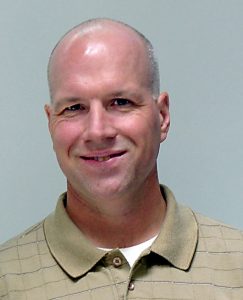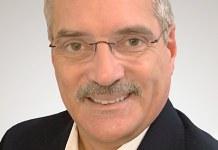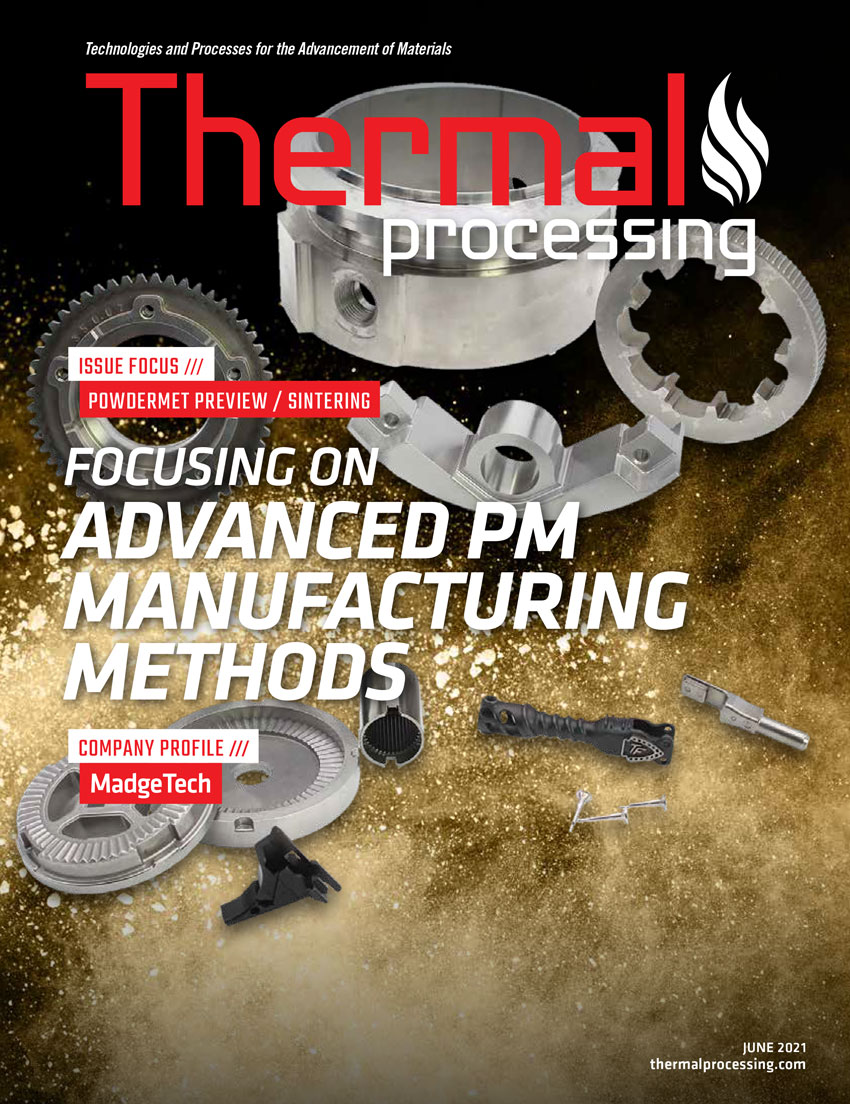
Now that you are with Linde, what’s a typical day like for you?
We (Praxair) merged with Linde, and we are now all under the Linde brand. My role has really expanded a lot. The focus of my previous role, under our Praxair name, was mainly on heat treating. Today, I am the business development director for all of manufacturing in the United States. It is a large area to cover, and I’ll get involved with everything including metals for heat treating, additive manufacturing, plastics, and non-metallic areas like composites. I am also involved with some renewable-energy sectors, such as batteries. Another part of my role is from an applications standpoint, where I work closely with a lot of different groups internally. I work with our sales team, our regional business development managers, our global commercialization team, our R&D team, and our marketing communications team.
So, a typical day for me is working to make the pieces come together and trying to move things forward, to get good help for our customers, and, ultimately, find ways to resolve their processing issues and improve their operations.
What is Linde’s involvement in the development of additive manufacturing, specifically with metal-powder manufacturing?
We are involved in many aspects of metal-powder manufacturing. In many cases, the initial part of additive manufacturing is the powder component. We provide our gases for the production of powder metals and are involved from a 3D-printing level where inerting gases are required. In addition to the gases, such as argon and hydrogen, we also have products, such as cabinets for powder storage. Another important factor for successful 3D printing is gas control. We get involved with different types of monitoring of gases internally to make sure the 3D printers are working the way they should, with the goal of trying to help our customers get better results.
We also play a role in the afterpart manufacturing — after the 3D-printed part has been made, specifically in metals, hot isostatic pressing (HIP) is involved. The gases and the supply of those gases require high pressures and temperatures. We are very focused on that. Basically, from the very start to the final product, we play a role in the many steps required in the additive manufacturing process.
What makes hot isostatic pressing a necessary step in additive manufacturing?
Hot isostatic pressing is necessary in additive manufacturing because, once a part is produced by 3D printing, it can have some inconsistencies. By putting metal-powder-based parts in a hot, pressure-tight volume, porosity is significantly reduced, thereby achieving a better density. With the advent of additive manufacturing, this process fits very well in taking 3D-printed parts and providing a finished, consistent product. In addition to the reduction in porosity, this process reduces residual stress in the component and improves the mechanical properties. Argon is a common gas used in that area, and if the hot isostatic pressing equipment does not have the proper supply equipment, we certainly can help with the gas availability, pressures, and supply components that are required to help those systems run properly.
Could you go into more detail about what Linde’s role is in the hot isostatic pressing process?
Our role is to make sure that the gas supply system is optimized. We want to make sure we can help our customers achieve better cycle times and better performance from their system, wherever we can. We look at a way to make sure the system components that are selected — be it the tanks, high-pressure tubes, pumps, or compressors — really work well together. We also want to make sure we are doing what we can to try to limit capital costs, but it is very application dependent. We like to review the whole operation, learn more about the customer’s needs, and help them achieve their processing goals.
With the use of argon in HIP, how does Linde help make argon use both economically and environmentally sound?
There’s a couple of things that we do. We have designed a high isostatic supply system program that will look at what the hot isostatic pressing furnace is doing. In other words: How is it being run? How big is the unit? What type of material is being run? And with all that information, we can design a specific system to meet customer requirements. That is important because, when sized correctly, we can look at ways to try to keep capital costs lower, as well as look for ways of improving cycle time and performance in general.
Environmentally, we offer argon produced using 100-percent, carbon-free energy. Linde believes in sustainability. It is one of our company values and providing argon that is certified to be produced from carbon-free energy is something we are proud to offer. If it is something a customer would like to look at, then we can help.
How is Linde continuing to advance the field of hot isostatic pressing?
We are always looking for ways to try to keep capital costs limited where we can, to make sure we have a good understanding of a customer’s system and try to improve performance. If we can do this for our customers, we have a real opportunity to help them out. This is not only just for HIP, but it is for all the lines of additives from the powder manufacturing to the 3D printing to HIP — we have helped customers out in all of these areas.
MORE INFO www.lindeus.com/heattreating




























